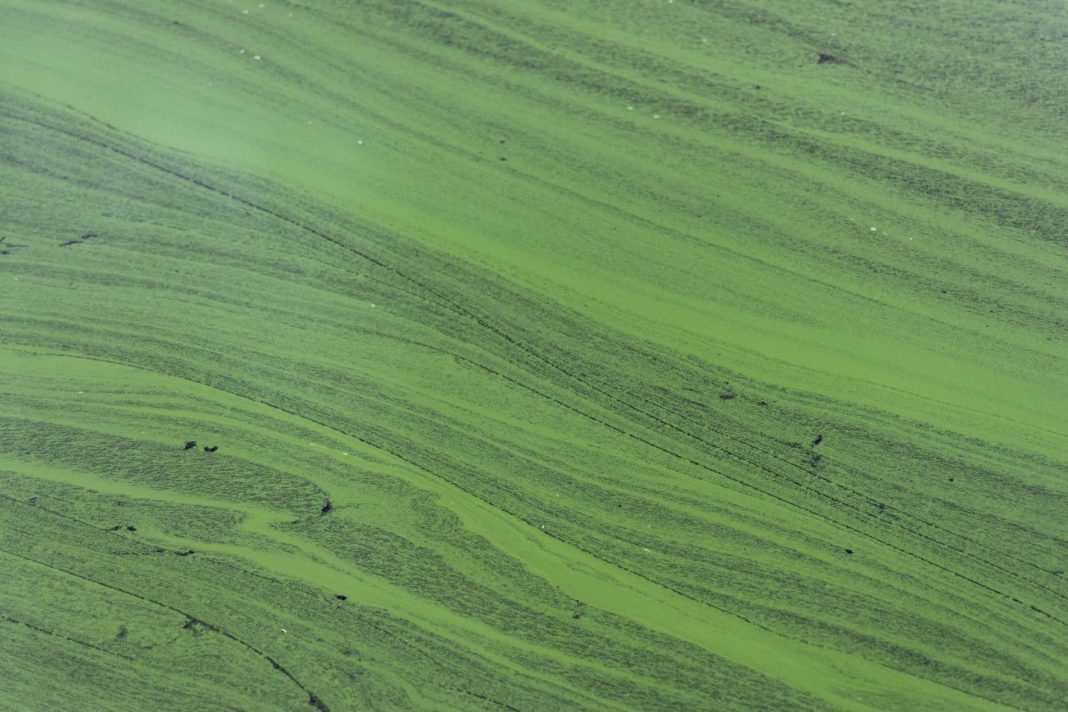The Greens have made an election promise of $150 million to make Australia’s rivers and waterways – including the often blue-green algae-blighted Lake Burley Griffin – clean enough to swim in again within the next decade.
Senator Sarah Hanson-Young, Greens Spokesperson for the Environment, speaking in Adelaide this week, said intensive environmental restoration, clean-up, and water management would see urban waterways become swimmable again, creating jobs and boosting tourism.
The Conservation Council ACT Region welcomed the announcement.
“This is good news for the environment,” said Helen Oakey, the ACT branch’s director.
Ms Oakey said it was important the Federal and ACT Governments work hand in hand to achieve the best environmental outcomes.
The ACT Government works across Directorates, consults with the NCA, and supports the ACT and Region Catchment Management Coordination Group, a spokesperson said.
In the leadup to the 2020 ACT Election, Ms Oakey recalled, the Council called for parties to commit to protecting Canberra’s waterways. These measures included investing in better water monitoring systems; improving regulation of sediment and runoff controls on building sites; maintaining stormwater drains and urban creeks; setting a city-wide minimum permeable surface target; and continuing the community education program.
The ACT Government was prioritising programs and projects that reduced the inflow of nutrient pollution into Canberra lakes each time it rained, the spokesperson said.
The government committed $30 million over four years to expand the Healthy Waterways program, a $94 million joint ACT and Federal initiative to protect and improve water quality in the ACT and the Murrumbidgee River system by reducing the level of sediment and nutrients entering ACT lakes and waterways. Stage 1 began in 2014 and ended in June.
In the February budget, the ACT Government committed $1.5 million to plan a broader program of work in Stage 2, focusing on preventing stormwater pollution from occurring in the first place, using street-scale water sensitive urban design infrastructure and new approaches to managing green space within suburbs, a spokesperson said. In the October budget, the government committed a further $5 million to continue the Healthy Waterways Project.
Ms Oakey said the Conservation Council welcomed these commitments, as well as another to a 10-year stormwater-upgrade plan to handle climate change storms, and looked forward to seeing them progressed.
“The Conservation Council would like to see more monitoring of not just water quality, but also riparian ecosystem health, with data made available to the public,” Ms Oakey said.
“Until such information is available, it is hard to know whether the programs and policies that have been put in place are effective.”
The public can help to keep the lake clean
“Canberra’s lakes play an important part in preventing sediment from travelling further downstream into the Murray-Darling Basin,” Ms Oakey said. “However, the role of Canberra’s lakes as sediment traps is sometimes at odds with their other purpose – as places for water recreation.
“We all enjoy summer days spent in our rivers and lakes, but algal blooms are an almost annual occurrence that put our favourite swimming spots out of bounds. Algal blooms come about when fertilisers, sediment, and leaves run into the storm water, and then collect in the lakes, which act as holding ponds.
“The good news is that by changing our habits, we can reduce the incidence of blue-green algae in our lakes.
“When we slow the flow of water running off our gardens, parks and streets, more water is absorbed into the ground, which filters the stormwater and has the added benefit of retaining water in the soil. Including rain gardens and swales in landscaping are two ways of slowing the runoff from our gardens.
“It’s important that only rain goes down the drain. Removing leaf litter and debris from stormwater drains will help prevent the build-up of nutrient load. Leaf litter is better used in the garden as an excellent addition to compost, or as mulch.
“And we should always clean up after our pets, as animal waste may cause bacteria to end up in our waterways.
“Despite the high value that Canberrans place on being outside and in nature, we often forget to take responsibility for what goes into our waterways. There is also a role for government to play, implementing policies and practises that support the health of our waterways,” Ms Oakey said.
Get all the latest Canberra news, sport, entertainment, lifestyle, competitions and more delivered straight to your inbox with the Canberra Daily Daily Newsletter. Sign up here.



